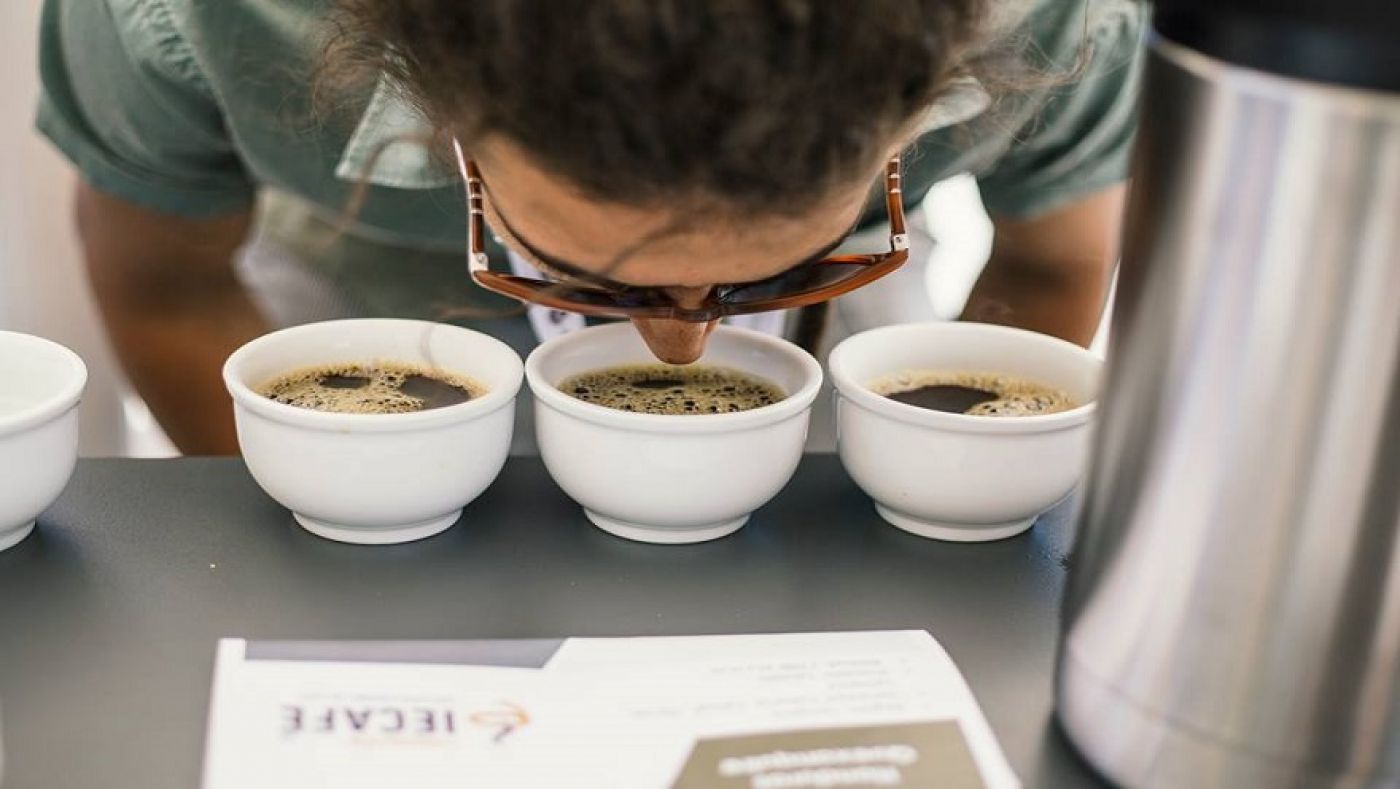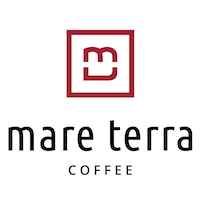
Training the palate: Triangulations
Using the cupping technique, a Cupper can identify and evaluate each of the characteristics that contribute to a coffee’s profile. Cupping a coffee also enables the Cupper to distinguish between the virtues and the defects of that coffee.
The majority of us are not born with a highly astute palate, therefore it is something we need to develop and improve upon continuously. Cupping skills like any other skill needs to be trained so that those required to analyse the coffees and make the decisions can do so more effectively. One such skill training exercise used by Cuppers is triangulation, which enables them to enhance their sensory skills to differentiate the small variations between cups, roasting profiles and coffee samples.To practice triangulation, we recommend that you follow the SCA cupping protocol.
So what is a triangulation? Well on the cupping table we place several three cup triangles, and in each triangle there are two identical cups and one odd cup out.
First step of the analysis, Cuppers smell and examine the aromatic volatile compounds of each cup in the triangle. Then with their cupping spoon, the Cupper takes small yet powerful sips or slurps of the coffee with the intent to distribute it throughout the inside of the palate and engage all the receptors of the tongue to analyze the sample.
After sampling the three cups in the triangulation, the aim for the Cupper is to identify the odd cup/sample out. Ideally the best conditions to conduct this exercise is in a dark room under red light. The use of red light eliminates any visual assistance to differentiate between the samples, increasing the degree of difficulty, and limiting the analysis solely to one's olfactory system.
Want to make the triangulation even harder? Well that depends on the coffees used and the extremities or lack of between each cup. The aim and scope of the triangulation is up to the individual, but one can play with the origin, regions within that origin, farms, varietals, and finally even the roasting profile can be the parameter that differentiates the samples on the table. Whatever the degree of difficulty, just take note during the exercise the subtle differences of aroma, flavor, aftertaste, acidity, and body in order to determine that odd cup out.

